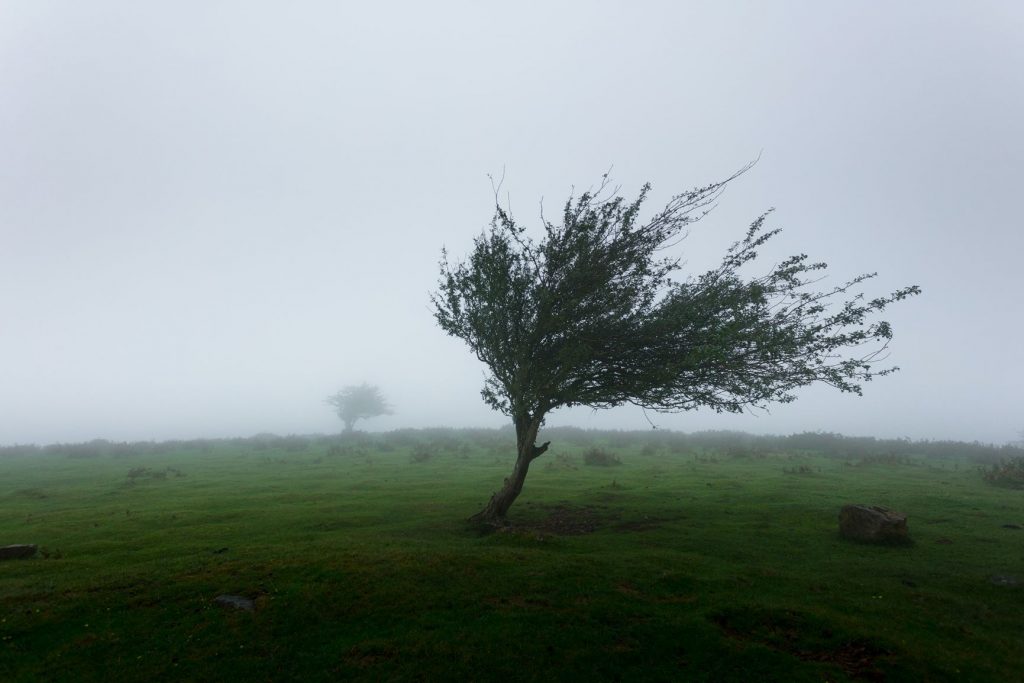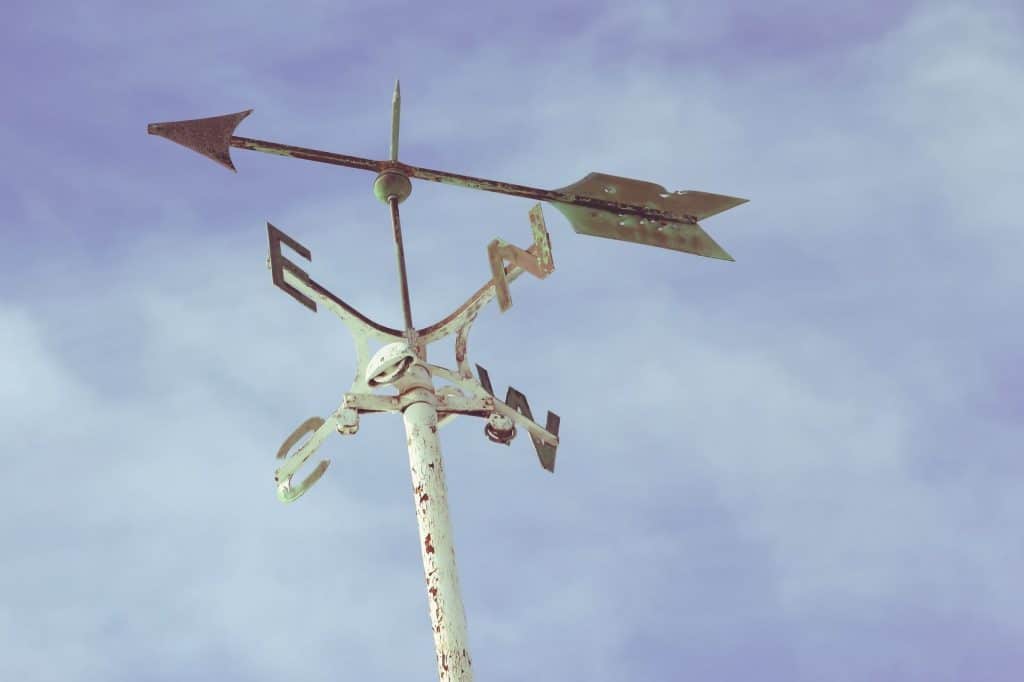If you have you been hunting deer more than a few weeks, you probably know that there are dozens of variables that affect how a deer moves and when. Because of the way the deer protects itself, it is critical that a deer is able to see and hear well for it to feel safe. Deer move primarily in the evening/night, especially the older it gets. With that said, finding the rights day time hunting situations is critical to get a good look at that dream buck!!
The short answer to how does the wind affect deer movement is that deer move more in the wind assuming the other factors like cloud cover, and temperature are in alignment. There are some ways to improve your chances of hunting in the wind I’ll talk about those more here in a minute.
To be honest, as I did some research for this write-up my gut told me wind had a negative impact on deer movement. I have seen bigger deer in the wind, but assumed it was dumb luck until I started looking at the research.
Before I get into hunting strategies in the wind, to dig a little bit deeper about the seeing and hearing, I wanted to add a little bit of detail to how that works.

First off, in the woods a deer uses a sense of sight to understand what’s going on around it, and if it should be concerned or potentially in danger. When the wind blows, the trees move, the CRP blows in the wind and the fields have wave-like motion because of the gusts of wind. If the deer is going to be up moving around during the daytime in the wind, it is going to be very cautious. A bush being blown by the wind can often trigger a deer to be nervous and confuse it for an animal/predator or person.
Hearing in the wind…
The more serious concern about deer and the wind is the fact that they can’t hear what’s around them if the wind is blowing. A deer’s sense of hearing is extremely strong and their ability to stay safe is determined by how much they can hear around them. If the wind is blowing, it’s a similar affect to the deer having on earmuffs were the noise is not clear, and danger is not always recognizable. With that said, deer will frequent open areas so they can use their eyes to stay safe if that cant hear or smell.
Scent while hunting in the wind
Something to be aware of in any hunting situation for deer is the fact that the wind can make your scent very volatile, so making sure that you’re not putting yourself or your stand in the way of deer traffic during a windy day hunting is critical to your success. You always want to be facing the wind and facing the area that you think the deer will be coming from. Swirling wind is tough!! No matter how careful you are with scent sprays, clothing and more, the reality is deer can smell you nearly every time the wind blows from you to them.
There are a few things that you can do to improve your chances of hunting deer in the wind. First off you can look for low areas such as creek bottoms or a draw between two hills/a valley. Finding these low areas will take some or all of the wind out of the equation and deer will be more likely to be staying in lower areas for the same reasons that I mentioned above.
In addition to a hunting in low areas it is also helpful to put your standup a little bit higher than you would normally, which can prevent your scent for reaching a deer because you are higher above the ground.
The third and final thing that you could do to improve your chances of hunting deer and the wind is to use a cover scent on your clothing and pending the time of year, using sent wicks with no estrus urine or other cover sense can help mask your scent that may be more noticeable on a windy day.
The research about deer in the wind…How does the wind affect deer movement ?
While doing my homework here, I found an article that talks about a guy who did a study over 20 years and 35,000 days in the field among the participants. They overlapped the hunting days with national weather data and looked at kills and deer sightings based on weather.

The wind in this study was a big surprise. In order below, wind (Ranking Third) has a huge impact on seeing quality deer and the more wind the better.
Actually the study shows that the best deer days were days that included cold temp’s, clear skies, and steady to high winds resulted in the very best days to see big deer. To take it s step closer, the study showed the harder the wind – the more deer!!
To sum things up, hunting deer in the wind is tough but don’t get disappointed and stay at home. Based on the above, wind is worth the effort!! Deer do still move around in the wind, especially during a rut.
For me personally, some of the biggest deer I’ve ever seen in the wild while hunting, were when the wind was above average. Hopefully this helps you decide about when to hunt next. Don’t forget to check your wind vs stand location when you get in the stand. You can do that with a simple powder bottle.
While you are here, you may want to check out:
- 5 Best Places To Hang A Tree Stand
- Meet Greg, the Author of Proper Hunting
- Best skinning knives of the year!
Thanks for reading and see you in the woods.
